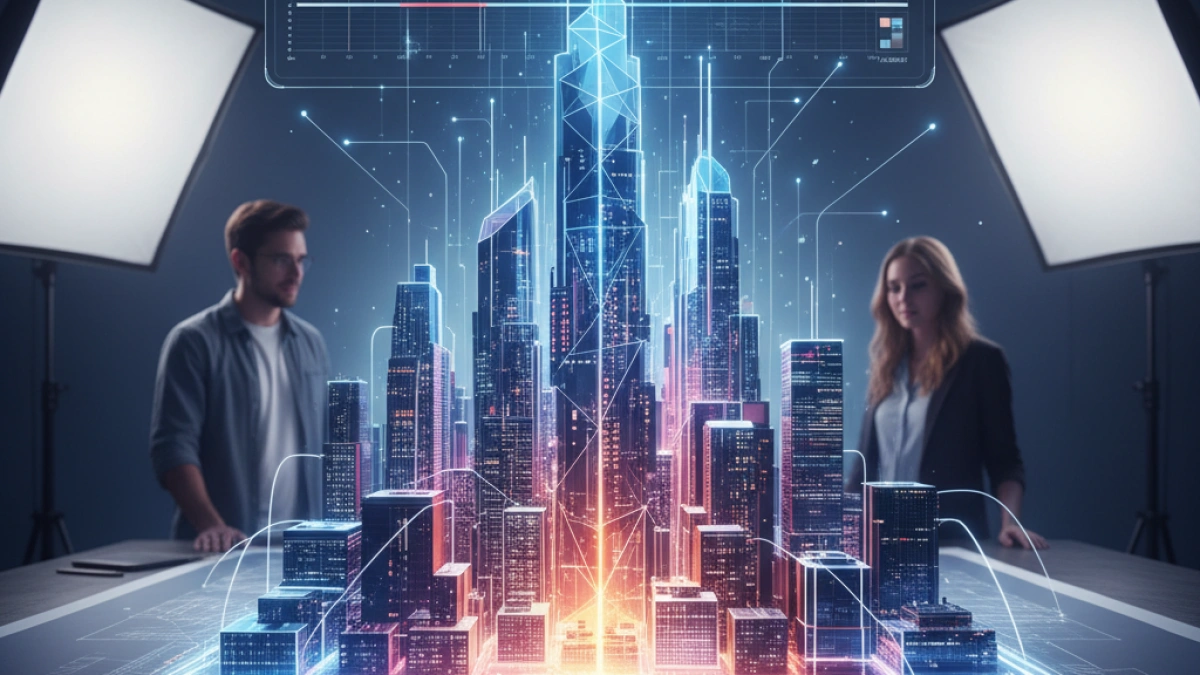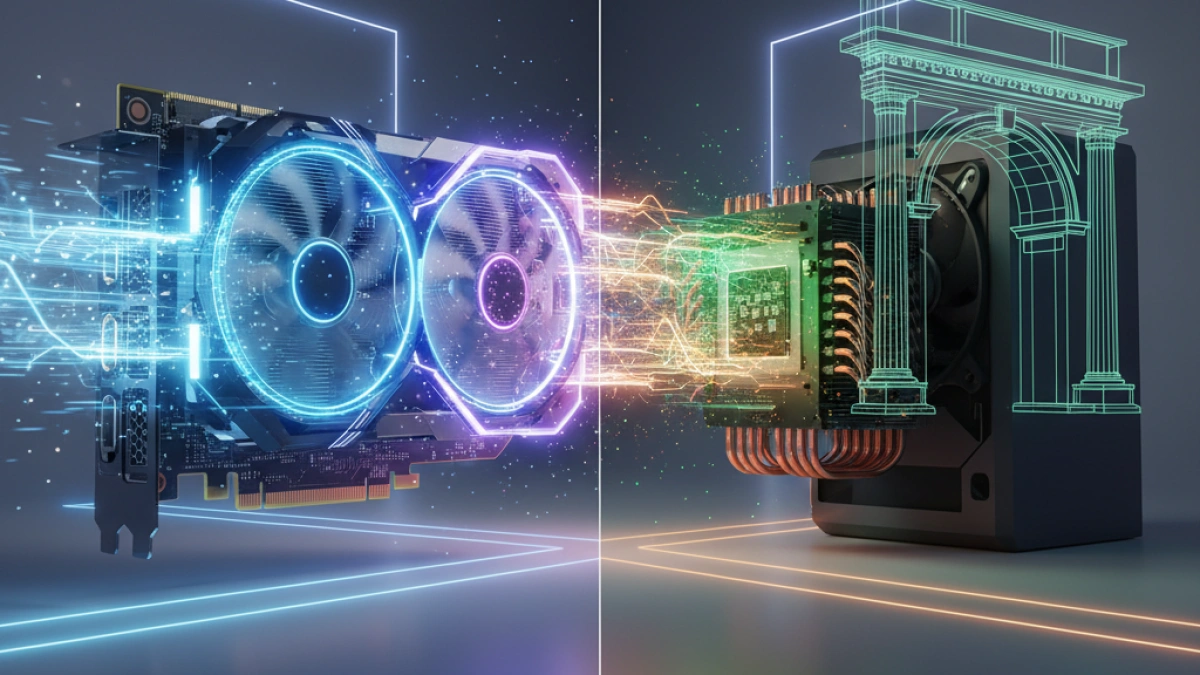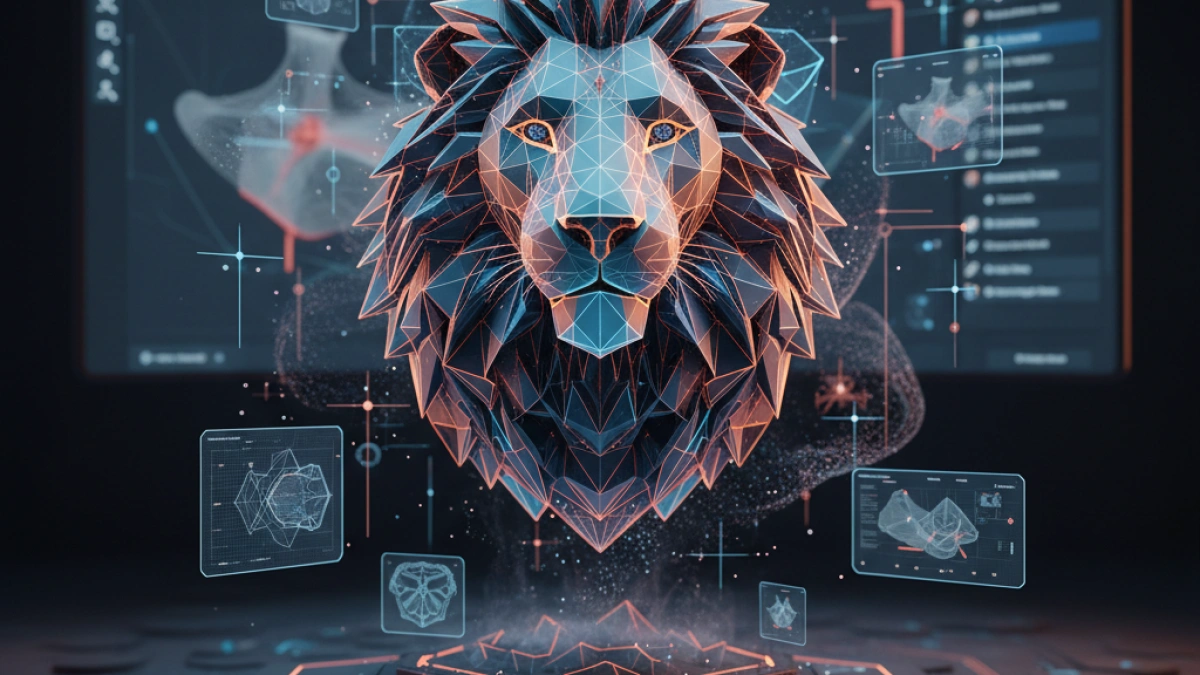What is 3D Rendering? Complete Explanation


3D rendering is a fundamental process in the creation of digital images and animations that simulate three-dimensional objects. From video game design to architectural visualization, rendering allows artists and developers to present their visions in a realistic manner. In this article, we will explore in detail what 3D rendering is, how it works, its types and tools, as well as its application in various industries.
What is 3D Rendering?
3D rendering is the process of generating a two-dimensional image from a three-dimensional model. This model can include information about geometry, textures, lighting, shadows, and other details that contribute to the realism of the final image. Rendering transforms this model into a visualization that can be understood and appreciated by humans.
Rendering Process
The rendering process can be divided into several key stages:
- Modeling: Here, the 3D model is created using specialized software. Artists define the shape and characteristics of the object.
- Texturing: Textures are applied to the model to give it color and visual details. Textures can simulate materials such as wood, metal, or skin.
- Lighting: Lights are placed in the scene to simulate how light behaves in a real environment. This affects the appearance of objects and the shadows they cast.
- Camera: A perspective is established from which the rendering will take place. The position and angle of the camera are fundamental for the composition of the image.
- Rendering: Finally, a rendering engine is used to process all the information and generate the final image or animation.
Types of 3D Rendering
There are several types of 3D rendering, each with its specific applications and characteristics. Below are the most common:
Real-Time Rendering
Real-time rendering is primarily used in video games and interactive simulations. It allows images to be generated instantaneously, adapting to user actions. This type of rendering requires powerful hardware and specialized graphics engines.
Ray Tracing Rendering
This method simulates the real behavior of light by tracing rays from the camera to the light sources. Ray tracing rendering produces extremely realistic results and is widely used in film and architectural visualization. However, it is a slower process that can take from minutes to hours, depending on the complexity of the scene.
2D Rendering
Although it is not strictly a three-dimensional rendering, some applications require 3D models to be represented in a 2D environment. This type of rendering can be found in vector graphics or traditional animations.
Offline Rendering
This type of rendering is used in applications where immediate interactivity is not required. It is common in film production, where more rendering time is allowed to achieve superior quality.
3D Rendering Tools
Over the years, various tools and software have been developed to facilitate 3D rendering. Some of the most popular include:
- Blender: An open-source software that allows modeling, texturing, and rendering. Blender is very versatile and is used by both amateurs and professionals.
- Autodesk Maya: A leading industry tool for 3D modeling and rendering, used in film and video games.
- Cinema 4D: Known for its user-friendly interface and animation capabilities, Cinema 4D is popular among graphic designers and motion graphics artists.
- V-Ray: A rendering engine that integrates with various modeling programs and is known for its high-quality realistic rendering.
- Unreal Engine: Though it is a game engine, its capability to render high-quality scenes in real-time has made it a popular tool for architects and designers.
Applications of 3D Rendering
3D rendering has applications in various industries, including:
Video Game Design
In the gaming industry, 3D rendering is crucial for creating virtual worlds and characters. Graphical quality can directly affect the player's experience.
Architectural Visualization
Architects use 3D rendering to create visual representations of projects before construction begins. This allows them to present ideas to clients and make adjustments before starting work.
Film and Animation
Film uses 3D rendering to create stunning visual effects and animations. Animated films rely heavily on rendering to bring characters and worlds to life.
Advertising and Marketing
Advertising campaigns often turn to 3D rendering to create visually appealing and impactful advertisements for products that are not yet available.
Conclusion
3D rendering is an essential process in the creation of modern images and animations. Through a set of techniques and tools, artists can transform their ideas into stunning visualizations that are used across multiple industries. Understanding the concepts behind 3D rendering not only helps professionals improve their skills but also allows enthusiasts to appreciate the complexity and artistry behind the digital images we consume daily.



















